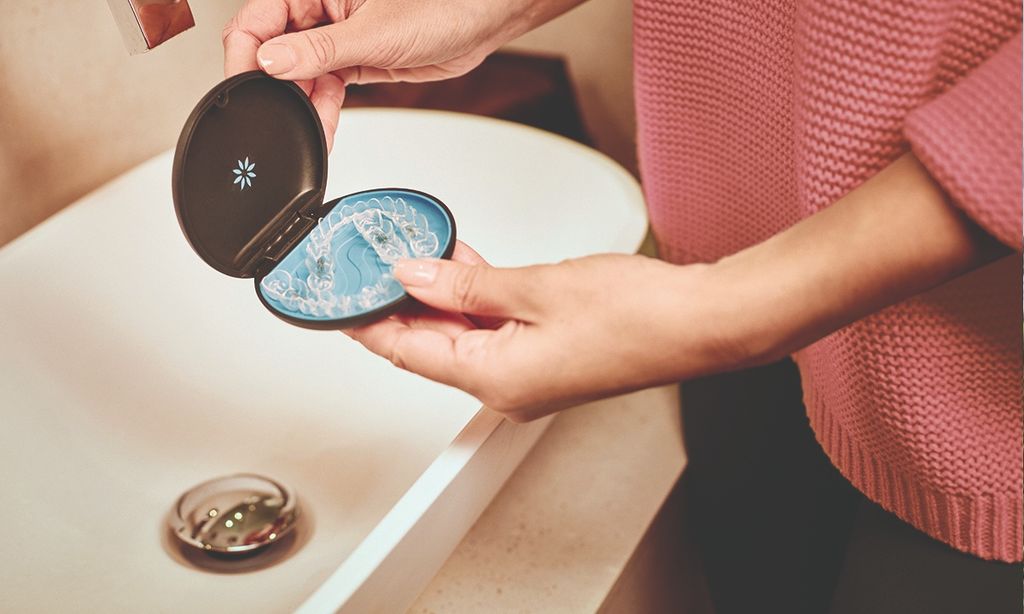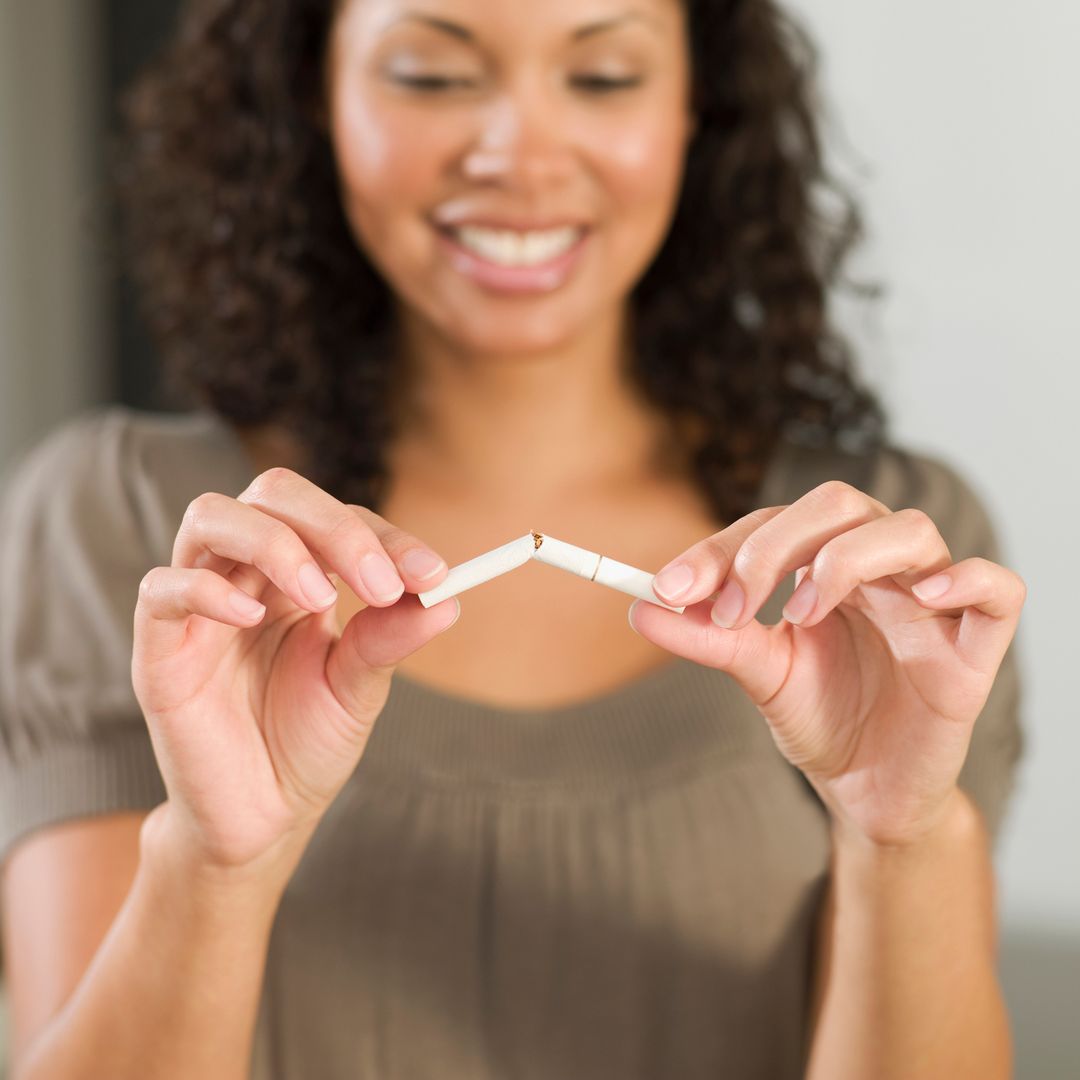Have you always dreamed about having straight, dazzling teeth? Do you want to boost your confidence by being able to show off your very own dream smile? A teeth-straightening treatment will help you do just that. Finding the right dental treatment for you – whether you have wonky teeth, gaps or an issue with your bite – can be tricky. But don’t fret: we’ve done all of the hard work for you, and have quizzed Dr Emma Laing, a specialist orthodontist, about everything you need to know before having your teeth straightened…
Teeth straightening guide: The process & what you need to know about Invisalign aligners
How to improve your smile: A look at the options
"You can restore your smile in multiple ways: through orthodontics, with braces or with more discreet options such as Invisalign clear aligners. You can change the shape of the teeth through contouring the edges of the teeth, or by small additions of composite bonding material. You can also change the colour of the teeth through whitening."
Do I need to do anything before I straighten my teeth?
"A perfect smile starts with healthy teeth. So, start by having yours checked with a general dentist to check for cavities and overall gum health. If your dentist is an Invisalign provider, they may be able to complete your treatment or refer you to a specialist orthodontist. I often work in collaboration with general dentists, so that I can move the teeth with a treatment such as Invisalign aligners, and then they can complete any cosmetic treatments afterwards. In nearly all cases, I recommend visiting a hygienist to ensure your gums are healthy before any orthodontic treatment is undertaken."
Why is it important to see a dentist or orthodontist when considering teeth straightening?
Dr Laing "trained for five years to become a dentist and a further three years to become an orthodontic specialist. The knowledge gained in comprehensive training means that your smile is looked after in the best possible way. The knowledge and experience of a professionally trained clinician is paramount, especially when you consider all factors that can influence your treatment, such as your oral health, how your teeth sit within your face aesthetically, and whether adjunctive dental treatments are needed. Every case needs a full evaluation and consideration of options. Even a simple case may have more complex considerations that may not be so obvious initially."
What is involved in the Invisalign treatment process?
Invisalign is the world’s most advanced clear aligner system, and a popular choice for those looking for comfortable and discreet treatment options. Talking HELLO! through the Invisalign treatment process, Dr Laing explained: "First, an orthodontic examination is undertaken, treatment options are outlined, and records of the teeth are taken. This usually includes doing an x-ray, and taking digital photographs and scans of the teeth. Many clients I see dislike going to the dentist and have anxiety about dental treatment. But the advantage of orthodontics today (and especially Invisalign treatment!) is that the process is more comfortable. Align Technology's iTero Flex scanner, which takes a 3D scan of the teeth, vouches for that, as it avoids the need for messy moulds. Scans taken with this tool are used to set up a 3D treatment plan, which showcases how your teeth are now, and how they could look after treatment."
"Once the proposed aesthetic outcome has been approved by both dental professional and patient, the Invisalign aligners are created and shipped on average in about two weeks. The number of aligners needed depends on the complexity of the individual case,” Dr Laing advises. "Once the aligners are received, they are then fitted, and clients are shown how to wear and remove them". If necessary, small attachments (temporary tiny colour-matched resin material bumps) are placed on the teeth, which are polished off later in the treatment process." These attachments are sometimes necessary when doing complex tooth movements as they allow the dentist to move the tooth in various directions.
How long does it take for teeth to straighten with Invisalign aligners?
"Aligners need to be worn for 20-22 hours each day and my clients switch to a new aligner, on average every 7-10 days. I check progress every 6-8 weeks but - provided it is with professional advice - this can often be extended to a longer period if necessary."
What are the benefits of straightening my teeth with Invisalign aligners?
"Invisalign aligners are almost transparent, so are aesthetically appealing. My clients do not have the fear that they will have to wear braces to gain straight teeth. Plus, they can remove Invisalign for brushing their teeth, and I find that as the teeth align, my clients’ brushing tends to improve, too! The 3D treatment planning software and imaging tools enable me to visualise my treatment plans, which leads to more effective communication and a more optimal results for my patients." The Invisalign system is the most advanced clear aligner system in the world. Invisalign treatment combines patented SmartTrack material to move your teeth more predictably* and comfortably**.
Ready for your very own smile makeover? Find an Invisalign trained dentist or orthodontist near you: https://www.invisalign.co.uk/find-a-doctor
*Compared to Invisalign aligners previously made from single-layer (EX30) material.**In a study by Miller et al, with adults measuring pain in the first week of treatment. Kevin Miller et al. “A comparison of treatment impacts between Invisalign aligner and fixed appliance therapy during the first week of treatment.” American Journal of Orthodontics and Dentofacial Orthopedics. Volume 131, Issue 3, pp. 302. e1-302.e9, March 2007











